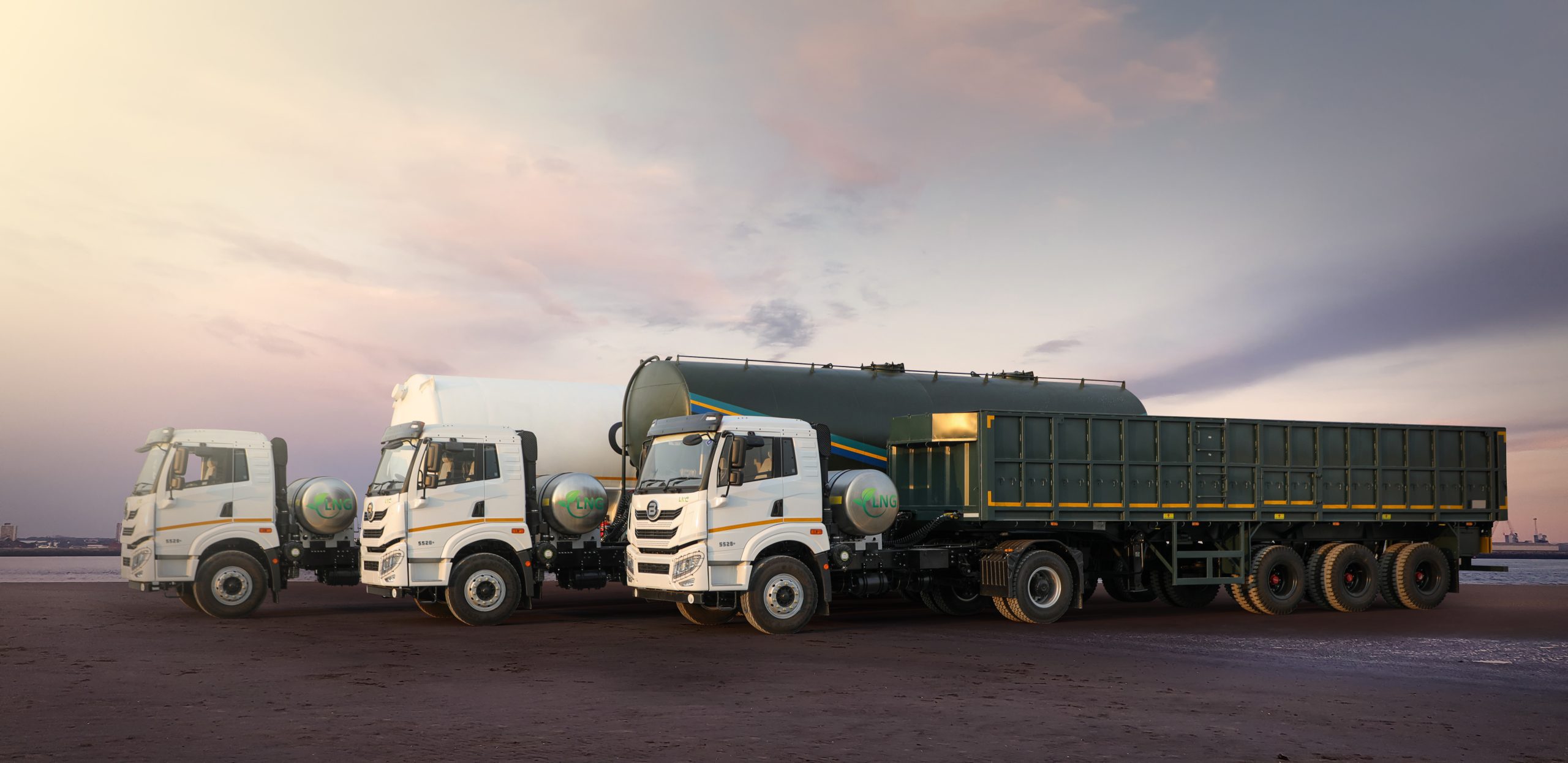
Jeetendra Kuswa, a driver of a Blue Energy Motors (BEM) LNG Truck, shares his experience and insights regarding the suitability of the BEM truck for heavy haulage operations. Read on for details:
Overview
The significant effects of global warming caused by the reluctance to keep the environment clean and protected are taking a toll on every being on Earth, enormously. As the impact of climate change and global warming is grappling with us, we as inhabitants of the earth are striving to bring a fundamental shift in our energy systems as a form of solution to this crisis.
While renewable energy is the key solution to reducing the effects of climate change, transition fuels like LNG are practically the immediate answer to this global crisis. Although LNG is not a 100% clean fuel alternative due to the high energy requirements for liquefying, it does have the potential to reduce the carbon footprint as a final product.
Moreover, like many other European countries, India is stepping forward to understanding the realm of transition fuels and utilising them for reducing carbon emissions. Indian automakers are also leaning towards the production of LNG trucks to reduce carbon emissions. Blue Energy Motors is an example of an automaker offering LNG trucks in India.
Speaking of Blue Energy Motors (BEM) in India, the brand claims that India has around 4 million heavy-duty trucks generating close to 350 to 400 million tonnes of CO2 every year. BEM said in a recent interaction with TrucksDekho that if one were to just hypothetically take that number and reduce CO2 emissions by 30 to 35%, helping the whole industry transition to LNG, it would be possible to reduce 100 to 150 million tonnes of CO2.
In this regard, BEM asserts that adopting its LNG trucks can significantly reduce carbon emissions. Besides the environmental benefits, BEM also claims that its LNG truck is capable of offering high-performance output for heavy-duty operations. How true are these statements? Let’s hear from Jeetendra Kuswa – a user of the BEM LNG truck:
How different is the BEM LNG Truck from a typical diesel truck?
“It is quite different from a typical diesel truck. The vehicle feels much lighter and is easier to operate even under load conditions, compared to diesel-powered trucks in the same payload segment. Additionally, the vehicle offers somewhat similar torque figures when compared to a heavy commercial diesel truck.”
How cost-effective is the BEM LNG truck compared to a diesel truck?
“In my opinion, it is a cost-effective solution and the perfect alternative to diesel-powered trucks in the same gross vehicle weight segment. With LNG priced at Rs 95 per kg and low maintenance requirements, the BEM LNG truck is cheaper to operate than diesel-propelled trucks.”
What safety precautions should be taken when refuelling LNG, and how long does the process typically take?
“I believe that it is important to avoid overfilling the tank and to follow the guidelines provided by the LNG supplier. The refuelling process typically takes almost the same time as refuelling a diesel vehicle. However, this varies depending on the tank size and the filling rate.”
Are LNG stations available everywhere in India? Where do you refill your Blue Energy LNG truck?
“I assume that LNG refuelling stations are not as widespread as diesel refuelling stations across India. Currently, we use the truck to transport goods between Nagpur and Mumbai. However, if I wanted to travel long distances, say around 1000-2000 km, it would be impossible.”
Are you able to haul goods for distances between 500-700 km without worrying about the availability of LNG fuel pumps?
“Yes, I can cover distances between 500-700 km without worrying about refuelling the truck. Moreover, if I wanted to travel long distances, especially surrounding the areas between Nagpur and Mumbai where LNG is available, then the BEM truck seems like a better option than a diesel truck.”
Does the BEM truck come equipped with adequate features?
“Yes, everything is provided for improving the comfort of its occupants and reducing driver fatigue. This includes AC, heater and everything that one can think of.”
How much time does it take for the vehicle to be serviced?
“At the OEM service station, it takes around 1-1.5 hours to get the vehicle completely serviced. It is not at all difficult to get the vehicle serviced. The service cost is also quite less when compared to a diesel-propelled truck.”
Do you think the Blue Energy truck reduces pollution significantly compared to diesel trucks?
“Yes, the Blue Energy truck reduces pollution significantly compared to diesel trucks.”
Conclusion
Given that the Blue Energy LNG truck is powered by a high-torque powertrain, suitable for hauling goods across multiple applications – with a payload capacity of 11 tonnes – this LNG vehicle with a claimed range of approximately 400 km, is an ideal solution for businesses. It can be a strategic investment for logistical businesses seeking a cost-effective solution.